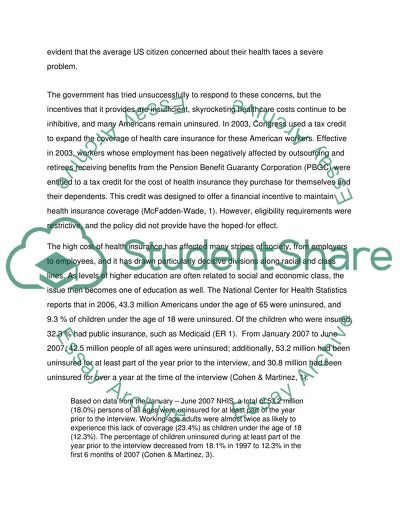Cite this document
(“Healthcare in the United States: Rising Costs and Effects Essay”, n.d.)
Healthcare in the United States: Rising Costs and Effects Essay. Retrieved from https://studentshare.org/health-sciences-medicine/1517568-healthcare-in-the-united-states
Healthcare in the United States: Rising Costs and Effects Essay. Retrieved from https://studentshare.org/health-sciences-medicine/1517568-healthcare-in-the-united-states
(Healthcare in the United States: Rising Costs and Effects Essay)
Healthcare in the United States: Rising Costs and Effects Essay. https://studentshare.org/health-sciences-medicine/1517568-healthcare-in-the-united-states.
Healthcare in the United States: Rising Costs and Effects Essay. https://studentshare.org/health-sciences-medicine/1517568-healthcare-in-the-united-states.
“Healthcare in the United States: Rising Costs and Effects Essay”, n.d. https://studentshare.org/health-sciences-medicine/1517568-healthcare-in-the-united-states.


